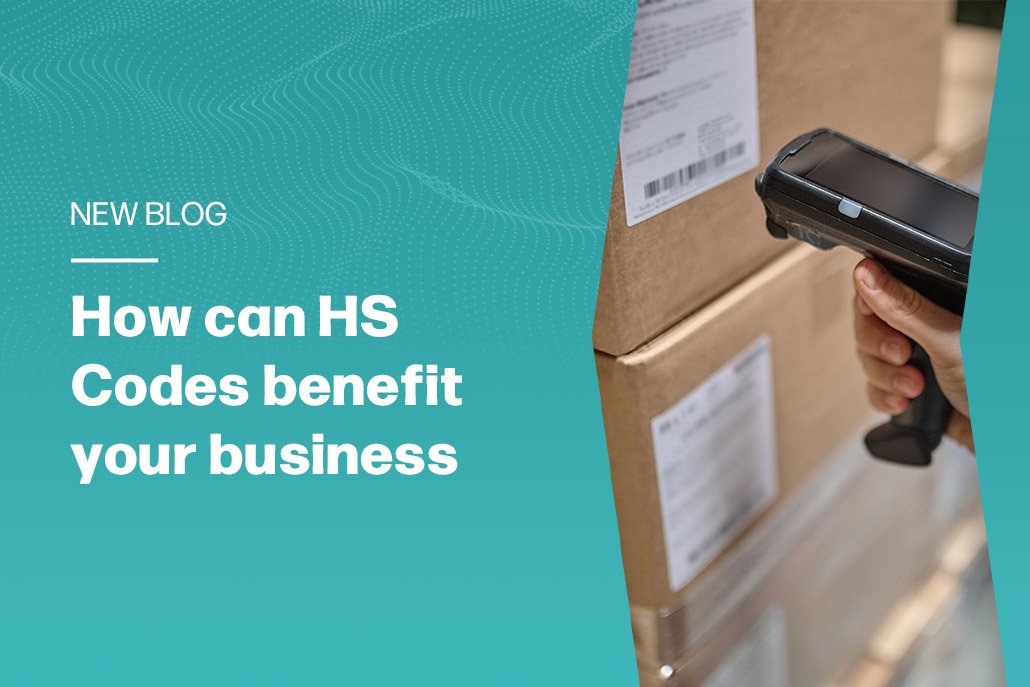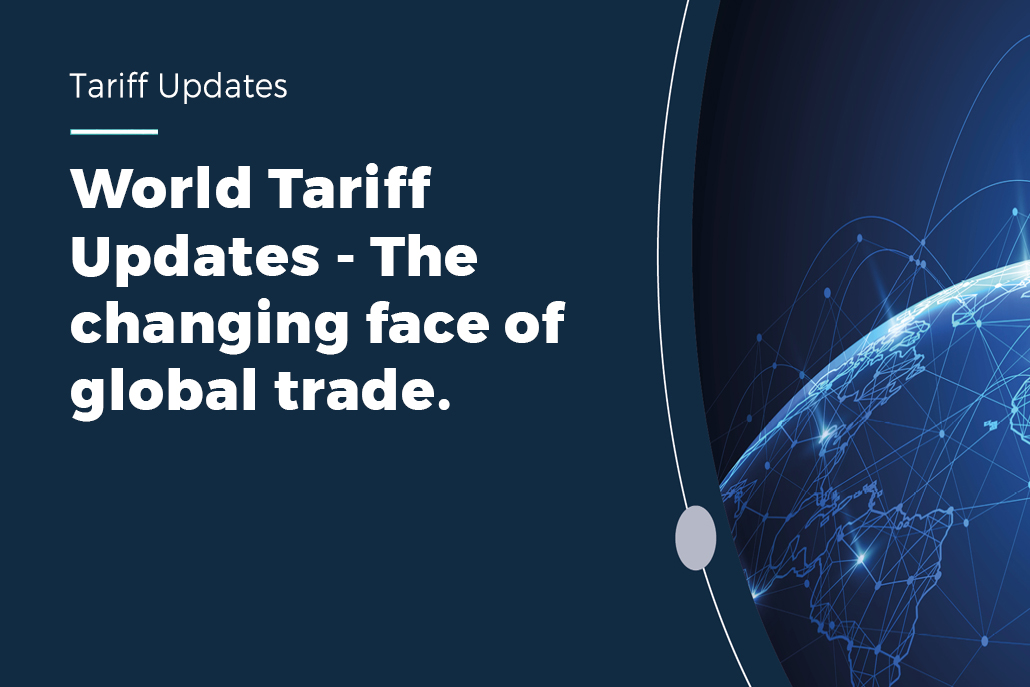In the world of international trade, where every product crossing borders needs to be classified for customs clearance, HS codes stand as the universal language for customs clearances around the world. But what exactly are HS codes, and how can they significantly benefit your business? In this guide, we delve deep into the realm of Harmonized System (HS) codes, shedding light on their importance, intricacies, and the key role they play in facilitating seamless global commerce.
How To Find An HS Code
Finding the correct Harmonized System (HS) code for your products is essential for seamless international trade. Begin by understanding the nature and characteristics of your product thoroughly. This includes its composition, intended use, and any unique features that may influence its classification.
It’s very important to consult the Harmonized System, a standardised international classification system developed by the World Customs Organization (WCO). The system categorises products into sections, chapters, headings, and subheadings based on their defining characteristics. The first 6 digits of WCO HS is the global standard. There are a few countries which may not be utilizing the Harmonized Systems such as Somalia, Bermuda, Sahara and South Ossetia.
It’s important to refer to national customs authorities, a Customs Broker or Customs Expert for specific HS code requirements and regulations to determine the correct code for a complex article, like chemicals, for example. It’s vital to stay updated on any changes or revisions to HS codes relevant to your products to maintain compliance and facilitate smooth customs clearance processe
Are HS Product Codes Different In Every Country
HS product codes are standardized globally by the World Customs Organization (WCO). However, individual countries may add additional digits to the HS code to further specify products for their customs, other governing agencies and statistical data needs. These additional digits, often referred to as “subheadings” or “tariff lines,” provide more detailed classification for specific products based on country-specific requirements or regulations.
This means that while the core HS code remains the same across countries, there may be slight variations to accommodate specific national requirements or classifications.
- United Kingdom: In the UK, HS codes are commonly referred to as Tariff codes and consist of up to 10 digits. While they follow the international HS system, the UK may have additional digits to further specify products based on domestic regulations or trade policies.
- United States: The US employs the Harmonized Tariff Schedule (HTS), code in the consists of 10 digits. These codes are used to classify goods for import and export purposes. Each digit in the code represents a specific category or characteristic of the goods being traded. For example, the first six digits of the code are standardized internationally, while the last four digits provide further classification specific to the importing country, in this case, the United States.
- Australia (AUS): Australia follows the international HS system and has the Australian Harmonized Export Commodity Classification (AHECC) for exports and Australian Harmonized Import Commodity Classification (AHIIC) for imports. These classifications consist of 10 digits specific to Australian customs requirements.
- Europe: The EU adopts the Combined Nomenclature (CN), which is based on the international HS system and has 8 digits, sometimes detailed up to 11 digits, to accommodate EU-specific classifications and regulations. For example, CN code: 07011000: The first two digits (07) represent the chapter, which corresponds to “Edible vegetables and certain roots and tubers.” The next two digits (01) represent the heading, which further specifies “Potatoes (excluding seed potatoes).” The following two digits (10) represent the subheading, providing more detailed information. The last two digits (00) represent the CN code for the specific product within that subheading. The CN is used for both intra-EU trade and trade with non-EU countries.
- Germany: As a member of the EU, Germany utilises the Combined Nomenclature (CN) for customs classification. While the core HS codes are consistent with international standards, Germany has additional subheadings or classifications specific to its customs requirements or national trade policies.
The HS codes serve as a globally recognised standard for product classification, with nearly all countries worldwide adopting a consistent interpretation of these codes. Employed by over 200 countries and economies, the HS forms the foundation for customs tariffs and the compilation of international trade statistics.
Remarkably, over 98% of merchandise traded across borders is classified using HS codes, highlighting the system’s extensive influence on global trade operations. This universal adoption of HS codes fosters harmonisation and facilitates smoother cross-border transactions, enabling accurate tariff assessments and streamlined customs procedures across diverse international markets.
HS General Rules
The Harmonized System (HS) serves as a universal classification system for goods traded internationally, providing a standardised framework for customs authorities worldwide. Understanding the general rules of interpretation and structure of HS codes is fundamental for accurate product classification and customs compliance.
The HS is organised hierarchically, comprising 21 sections, 96 chapters, over 1,200 headings, and over 5,600 sub-headings. Each level of classification offers increasing specificity to enable precise identification of products:
- Chapter: The first two digits of an HS code represent the chapter. There are 21 chapters in the HS, each broadly categorizing goods based on their characteristics or intended use. For example, Chapter 01 pertains to live animals, while Chapter 85 covers electrical machinery and equipment.
- Heading: The second two digits denote the heading, providing further classification within each chapter. Headings group products with similar characteristics or functionalities. For instance, within Chapter 61 (Articles of Apparel and Clothing Accessories), Heading 61.01 pertains to articles of apparel and clothing accessories, knitted or crocheted.
- Sub-heading: The last two digits specify the sub-heading, offering the highest level of detail in the classification hierarchy. Sub-headings differentiate between closely related products within a heading. Continuing with the example, Sub-heading 6101.30 might specifically refer to men’s or boys’ suits, ensembles, or jackets of cotton.
The HS is periodically updated to reflect changes in international trade practices and technological advancements. Staying informed about revisions and amendments to HS classifications is crucial for businesses to ensure accurate product classification and compliance with evolving customs regulations. It is also important to know that countries independently update their classification codes annually, semi-annual and quarterly at country level..
Regulations To Consider
There are various regulations and nuances to consider when it comes to ensuring accurate classification and compliance with custom requirements. Here are a few factors to consider:
Product composition and characteristics
The composition, nature, and intended use of a product significantly influence its HS code classification. Products with multiple components or materials may require careful assessment to determine the most appropriate code. Additionally, nuances such as product variants, configurations, or modifications can impact classification accuracy.
Global regulations
While HS codes provide a globally standardised classification system, individual countries may have specific regulations or requirements that affect classification. Some countries may have additional digits or modifications to HS codes to accommodate national trade policies, tariff schedules, or product standards. It’s crucial to familiarise yourself with the customs regulations and other government agencies requirements of both the exporting and importing countries to ensure compliance.
Tariff preferences and free trade agreements
Tariff preferences granted through free trade agreements (FTAs) or preferential trade arrangements can affect HS code classification and duty rates. Products eligible for preferential treatment may require specific documentation or certification to claim tariff benefits. Understanding the rules of origin and eligibility criteria under FTAs is essential for accurately classifying goods and maximising cost savings.
Other regulations
Certain industries may have specialised regulations or requirements that impact HS code classification. For example, products subject to health, safety, or environmental regulations may have specific codes or classifications. It’s essential to consider industry-specific standards and regulations when determining the appropriate HS code for a product.
Updates and revisions
The Harmonized System undergoes periodic updates and revisions to reflect changes in trade practices, technological advancements, and product innovations. Staying informed about updates to HS classifications ensures accurate and up-to-date product classification. Regularly monitoring updates from customs authorities or trade organisations helps mitigate the risk of misclassification and non-compliance.
Navigating these regulations and nuances requires diligence, expertise, and attention to detail. This is where Hurricane’s Kona solution can help businesses ensure accurate code classification and compliance.
Unlock Growth With Hurricane
HS codes serve as the backbone of global trade, facilitating the smooth flow of goods across borders. In the e-commerce market, consumers dictate the shift in culture of purchasing online. Volumes of ecommerce are flooding the trade lanes and speed, accuracy and Customs expects clear data with proper HS Codes to match. With Hurricane Commerce’s Kona solution, businesses can streamline e-commerce HS code classification processes, ensuring data accuracy with learning technology to support compliance with country regulatory requirements. In addition, identify prohibited and restricted articles. By harnessing the power of correct data and HS codes, ecommerce businesses can unlock a myriad of benefits, including reduced customs delays, improved supply chain efficiency, and enhanced international market access.
For more information on how Hurricane Commerce’s Kona solution can revolutionise your HS code classification process, contact us today.
Remember, having the correct HS codes is not just a compliance necessity but a strategic advantage for businesses operating in the global marketplace. Ensure your business stays ahead by mastering the art of HS code classification today.













